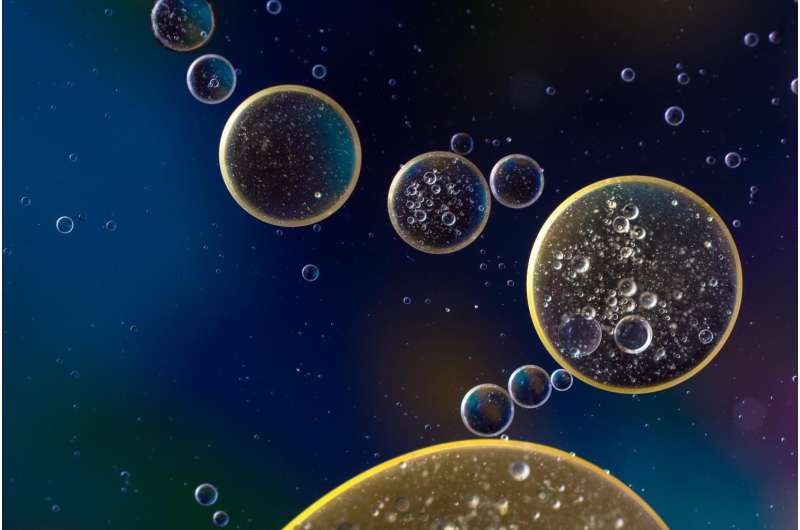Researchers devise sex-cell precursors with staying power

Human primordial germ cells (PGCs) are the early precursors of the eggs (oocytes) and sperm that are necessary to keep humankind alive and reproducing. Medical researchers attempt to study their function and development using models of these cells called human primordial germ-cell-like cells (PGCLCs).
Human PGCLCs have been developed in several research centers, including the laboratory headed by Toshi Shioda, MD, Ph.D., in the Center for Cancer Research at Massachusetts General Hospital (MGH) and Harvard Medical School.
Natural PGCs exist only in embryos. The models were created to overcome the ethical and technical barriers surrounding the use of human embryonic tissues in experiments.
“My primary interest is the use of PGCLCs for toxicological research to understand how exposure to chemicals or prescription drugs might affect human reproduction,” Shioda says.
He and his colleagues are using the cells to study in the lab how exposure of women to chemicals such as general anesthetic could introduce heritable changes that can then be passed on to future generations without creating DNA mutations. This process is known as epigenetic inheritance.
They are also using this model to investigate how PGCs become testicular cancer, the most common malignancy in boys and young men.
The catch is that hPGCLCs don’t survive long in the laboratory and quickly lose their germ-cell-like features unless they are carefully and painstakingly nursed along with the use of blood serum or added chemicals. And even when these special cells survive and grow in laboratory dishes, they tend to drift away from their germ-cell-like identity and become other types of cells.
But as Shioda and colleagues explain in the journal Stem Cell Reports, they have developed a method for maintaining hPGCLCs and their germ-cell-like functions in cell culture without the need for special handling, with the cells surviving and continuing to replicate for at least five months without losing their primordial germ-cell-like features.
Using these cells, they have successfully generated hPGCLCs that carry various genetic mutations linked to testicular cancer, and are working to create the first synthetic tumor model of human testicular cancer with defined genetic mutations to aid in research into cancer prevention and treatment.
Mutsumi Kobayashi et al, Expanding homogeneous culture of human primordial germ cell-like cells maintaining germline features without serum or feeder layers, Stem Cell Reports (2022). DOI: 10.1016/j.stemcr.2022.01.012
Citation:
Researchers devise sex-cell precursors with staying power (2022, February 10)
retrieved 10 February 2022
from https://phys.org/news/2022-02-sex-cell-precursors-power.html
This document is subject to copyright. Apart from any fair dealing for the purpose of private study or research, no
part may be reproduced without the written permission. The content is provided for information purposes only.
For all the latest Science News Click Here
For the latest news and updates, follow us on Google News.

